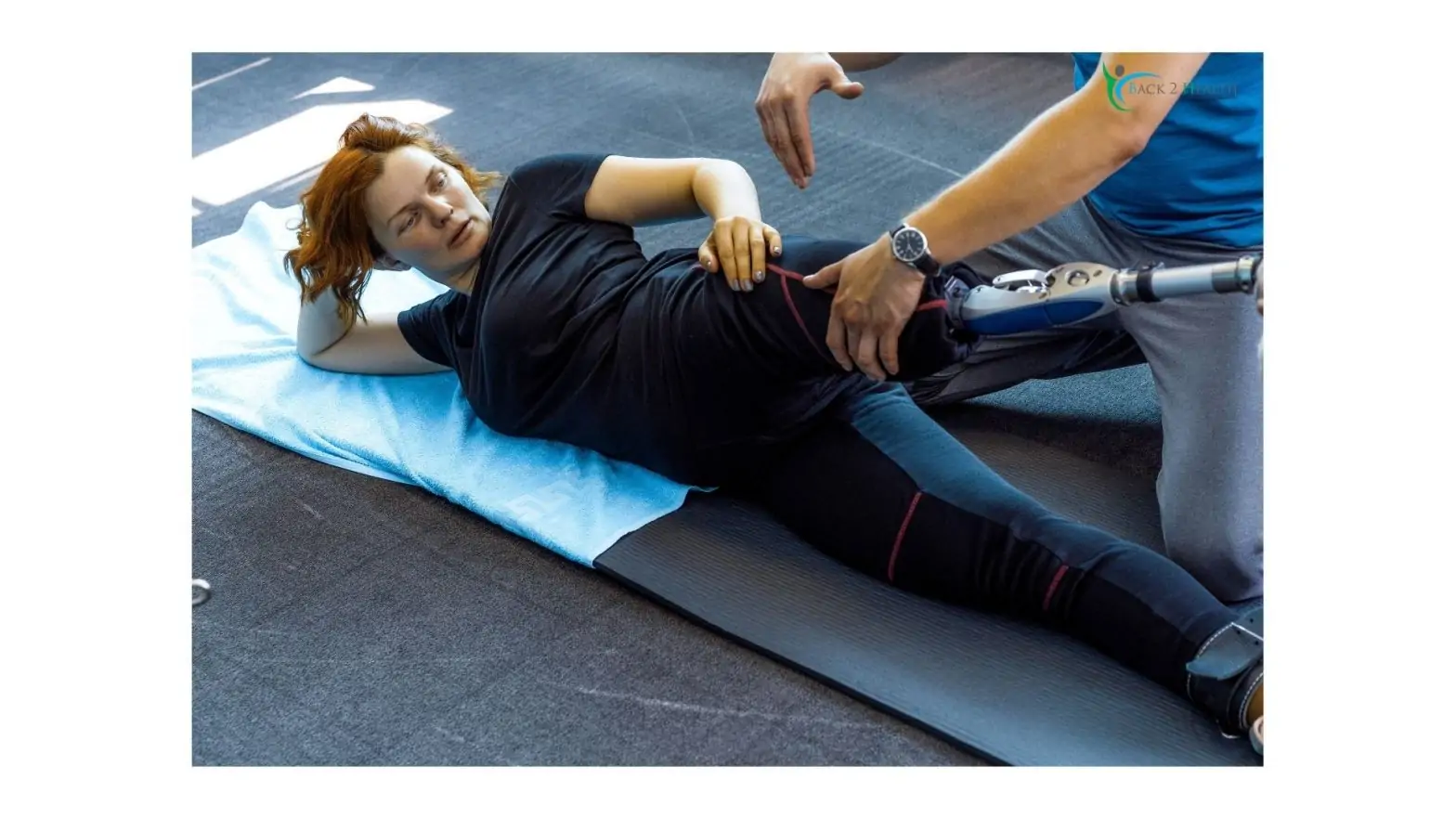How to Choose the Most Effective Physical Therapy for Shoulder Pain?
Shoulder pain can be a distressing condition that affects individuals of all ages and lifestyles. Whether it’s caused by an injury, overuse, or a chronic disease, living with shoulder pain can significantly impact daily activities and reduce the overall quality of life.
While various treatment options are available, physical therapy for shoulder pain has emerged as a highly effective and non-invasive approach to improve mobility, and enhance the overall function of the shoulder joint.
Understanding Shoulder Pain
The shoulder is one of the human body’s most flexible and complex joints. It allows a wide range of motion, enabling us to perform various activities. However, this flexibility also makes it susceptible to injuries and pain. Shoulder pain can originate from the bones, muscles, tendons, ligaments, or other structures surrounding the joint.
Causes of Shoulder Pain
Shoulder pain can have several causes, ranging from acute injuries to chronic conditions. Common causes of shoulder pain include:
Rotator Cuff Injuries:
The rotator cuff is a group of muscles and tendons that stabilize the shoulder joint. Injuries to the rotator cuff can occur due to repetitive movements, sports-related activities, or lifting heavy objects.
Frozen Shoulder:
Frozen Shoulder:Also known as adhesive capsulitis, a frozen shoulder is characterized by stiffness and pain in the shoulder joint, making it challenging to move the arm.
Tendinitis:
Tendinitis is inflammation of the shoulder’s tendons, often caused by overuse or repetitive motions.
Bursitis:
Bursitis occurs when the bursae, tiny fluid-filled sacs that cushion the shoulder joint, become inflamed.
Osteoarthritis:
As with other joints, osteoarthritis can also affect the shoulder, a degenerative condition that causes the cartilage to wear away over time.
Fractures:
Fractures of the collarbone, humerus, or shoulder blade can lead to intense pain and limited mobility.
The Role of Physical Therapy
Physical therapy is crucial in treating shoulder pain, and improving the shoulder joint’s strength, flexibility, and function. Here’s how physical therapy can benefit individuals with shoulder pain:
-
Pain Management:
Physical therapists employ various techniques to reduce pain and inflammation, such as manual therapy, electrical stimulation, and heat/cold therapies.
-
Restoring Range of Motion:
Therapeutic exercises and stretches are tailored to target specific areas of the shoulder, helping to restore its range of motion and flexibility.
-
Strengthening the Shoulder Muscles:
Specific exercises are designed to strengthen the muscles around the shoulder joint, providing better support and stability.
-
Correcting Posture and Mechanics:
Physical therapists also address poor posture and faulty mechanics that may contribute to shoulder pain, helping to prevent future injuries.
-
Enhancing Daily Function:
Individuals can perform daily activities with greater ease and comfort by improving shoulder function.
Assessment and Diagnosis
The first step involves a comprehensive assessment and diagnosis when seeking physical therapy for shoulder pain. A skilled physical therapist will conduct a thorough evaluation to identify the root cause of the pain and design a personalized treatment plan.
Physical Therapy for Shoulder PainCustomized Treatment Plans
Each individual’s shoulder pain is unique, as is their treatment plan. Physical therapists create customized programs that address the specific needs and goals of the patient, ensuring the most effective outcomes.
Therapeutic Exercises for Shoulder Pain
Therapeutic exercises play a vital role in shoulder pain rehabilitation. These exercises may include:
Pendulum Stretch:
This exercise involves gently swinging the arm in small circles to relieve stiffness and increase mobility.
Shoulder Flexion Stretch:
Raising the arm overhead, stretching the shoulder muscles, and improving flexibility.
External Rotation:
Strengthening the rotator cuff muscles to enhance shoulder stability.
Wall Push-Ups:
Gradually increasing upper body strength while reducing pressure on the shoulder joint.
Manual Therapy Techniques
Physical therapists may use manual techniques such as massage, joint mobilization, and soft tissue manipulation to improve blood flow, reduce muscle tension, and enhance healing.
Heat and Cold Therapies
Applying heat or cold to the affected shoulder can help reduce inflammation and alleviate pain.
Electrical Stimulation
Electrical stimulation often activates muscles, reduces pain, and promotes muscle healing.
Lifestyle Modifications for Shoulder Pain
Physical therapists guide making lifestyle modifications to prevent further shoulder injuries and promote better shoulder health.
Preventing Shoulder Pain
Prevention is essential in maintaining shoulder health. Physical therapists educate patients on proper ergonomics and techniques to avoid shoulder strain.
When to Seek Medical Attention
While physical therapy can address many shoulder issues, there are instances when medical attention is necessary, such as severe injuries or persistent pain.
Common Misconceptions about Physical Therapy
-
Physical Therapy is Painful:
Contrary to popular belief, physical therapy is designed to reduce pain and discomfort, not exacerbate it.
-
Only Athletes Need Physical Therapy:
Physical therapy benefits people from all walks of life, not just athletes.
-
Surgery is Always the Answer:
In many cases, physical therapy can effectively treat shoulder pain without surgery.
-
One Size Fits All:
Every individual’s body differs, and physical therapists tailor treatment plans accordingly.
-
Physical Therapy is a Quick Fix:
While physical therapy can yield significant improvements, it requires consistency and dedication for long-lasting results.
Conclusion
Physical therapy for shoulder pain is a highly effective and personalized approach to alleviate discomfort, improve mobility, and restore function. By addressing the root cause of shoulder pain and designing individualized treatment plans, physical therapists empower patients to take control of their shoulder health and enjoy a pain-free life.



